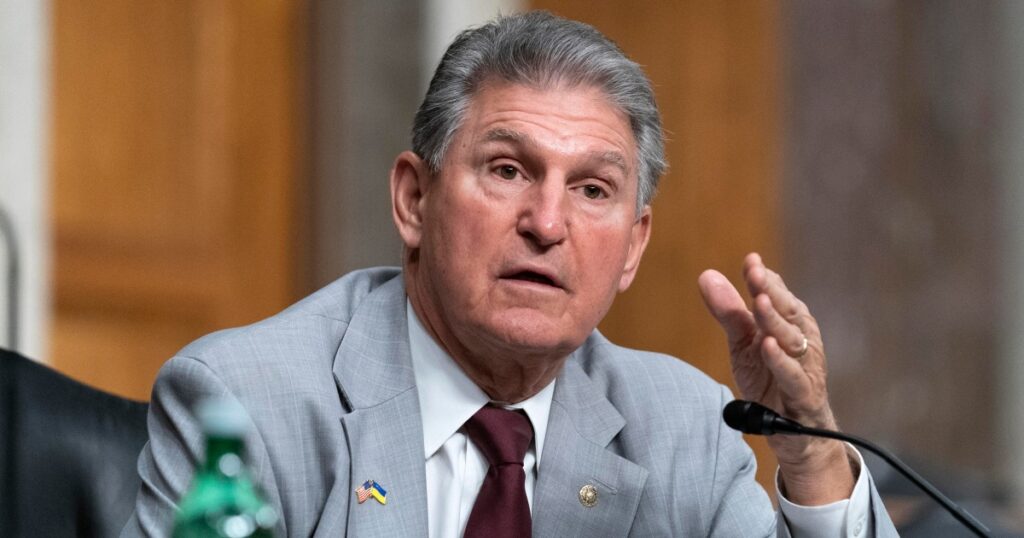Understanding the Debt Ceiling: A Comprehensive Overview
The debt ceiling refers to the maximum amount of money that the United States government can borrow to fund its operations and meet its financial obligations. It is a limit set by Congress to control the level of national debt. When the government reaches this limit, it is said to have hit the debt ceiling. The debt ceiling is an important mechanism that helps ensure fiscal responsibility and prevent excessive borrowing.
The debt ceiling is determined by Congress and can be increased through legislation. It is not a fixed amount but rather a limit that can be adjusted as needed. The purpose of the debt ceiling is to provide a check on government spending and borrowing, as it requires Congress to approve any increase in the borrowing limit. This mechanism allows lawmakers to have a say in the government’s borrowing decisions and ensures that the debt does not spiral out of control.
Implications and Consequences of Hitting the Debt Ceiling
Hitting the debt ceiling has significant implications for the United States economy and financial markets. When the government reaches the debt ceiling, it is unable to borrow more money to meet its obligations, such as paying its bills, funding government programs, and servicing existing debt. This can lead to a cash crunch and potentially result in a government shutdown if a resolution is not reached in a timely manner.
The consequences of hitting the debt ceiling can be far-reaching. It can undermine investor confidence in the United States, leading to higher borrowing costs and a decline in the value of the dollar. It can also disrupt financial markets, causing volatility and uncertainty. Additionally, failure to raise the debt ceiling could result in delayed or reduced payments to government contractors, Social Security recipients, and other beneficiaries of government programs.
To avoid hitting the debt ceiling, the Treasury Department can take certain measures, such as suspending or modifying certain government securities, to create additional borrowing capacity temporarily. However, these measures are only temporary solutions and do not address the underlying issue of the debt ceiling. Ultimately, it is crucial for Congress to raise the debt ceiling in a timely manner to ensure the government’s ability to meet its financial obligations and maintain stability in the economy.







